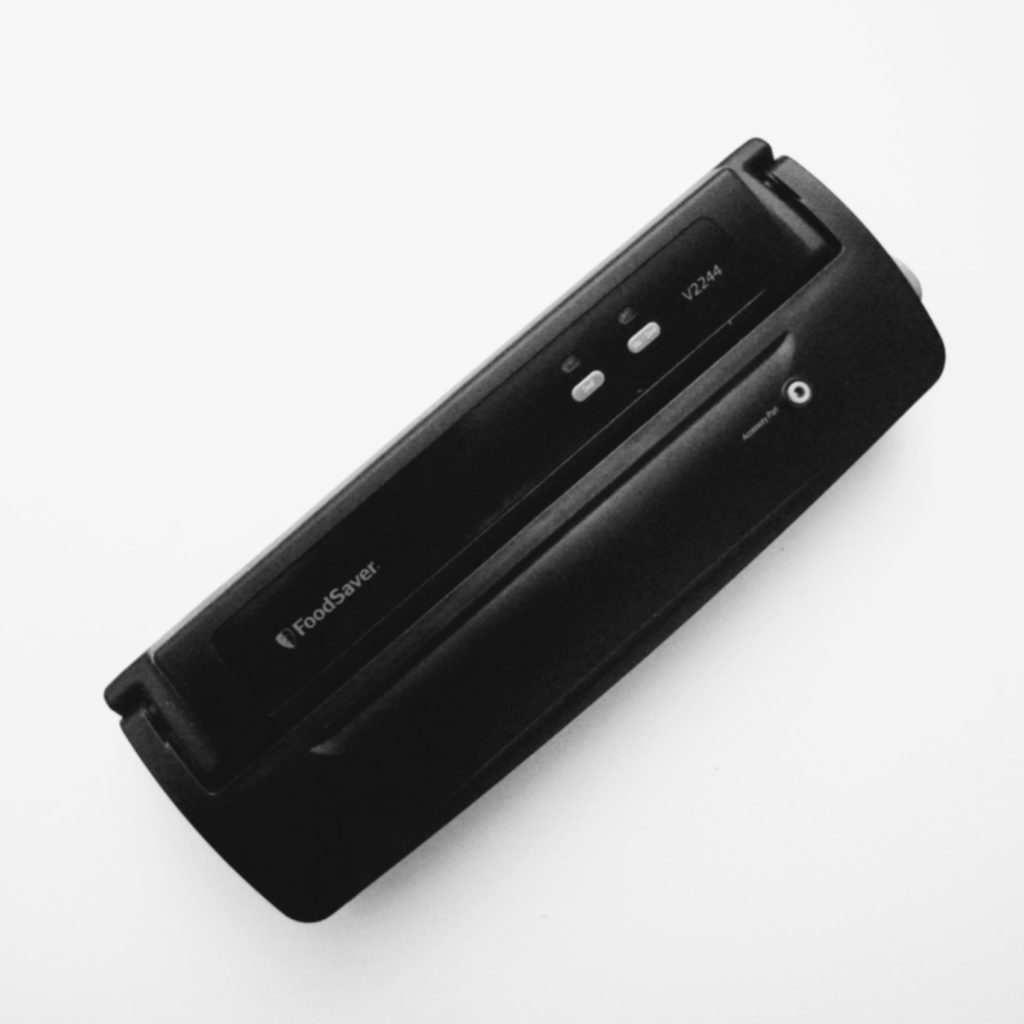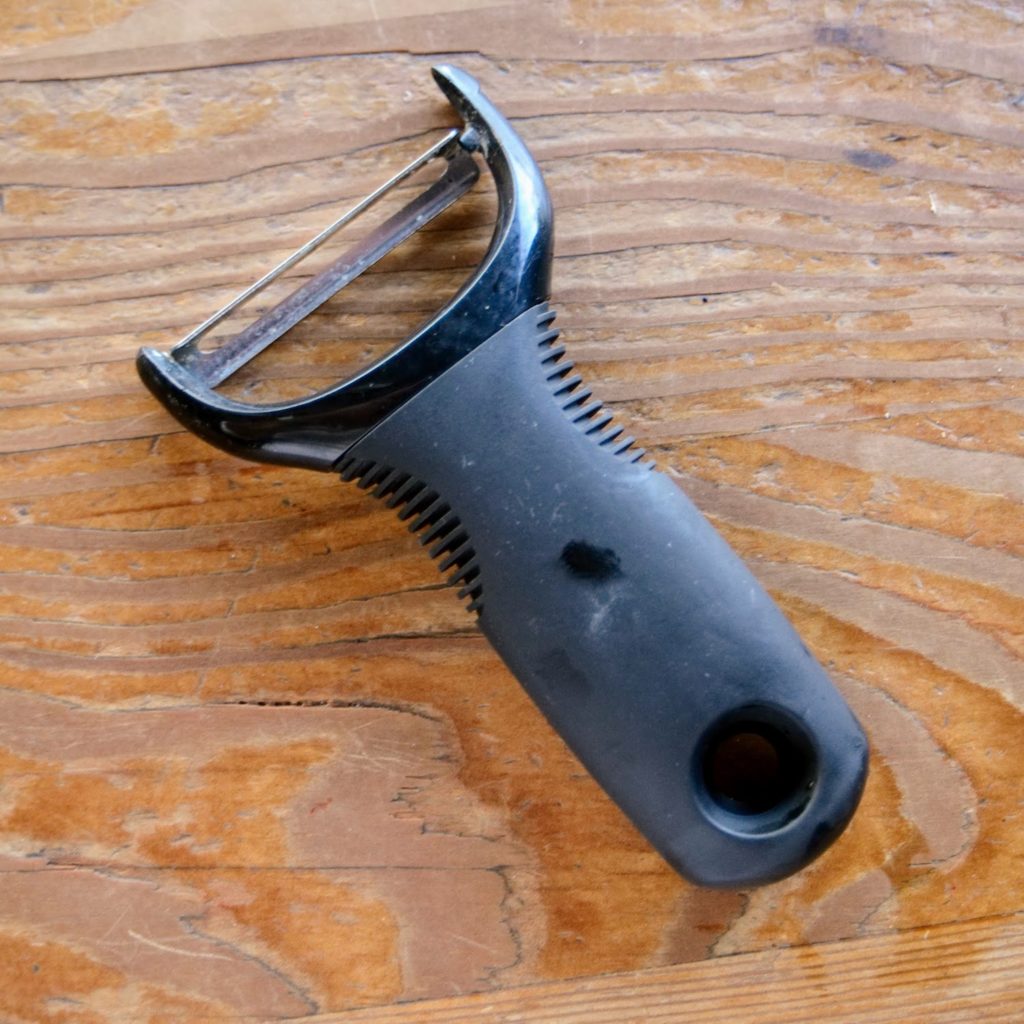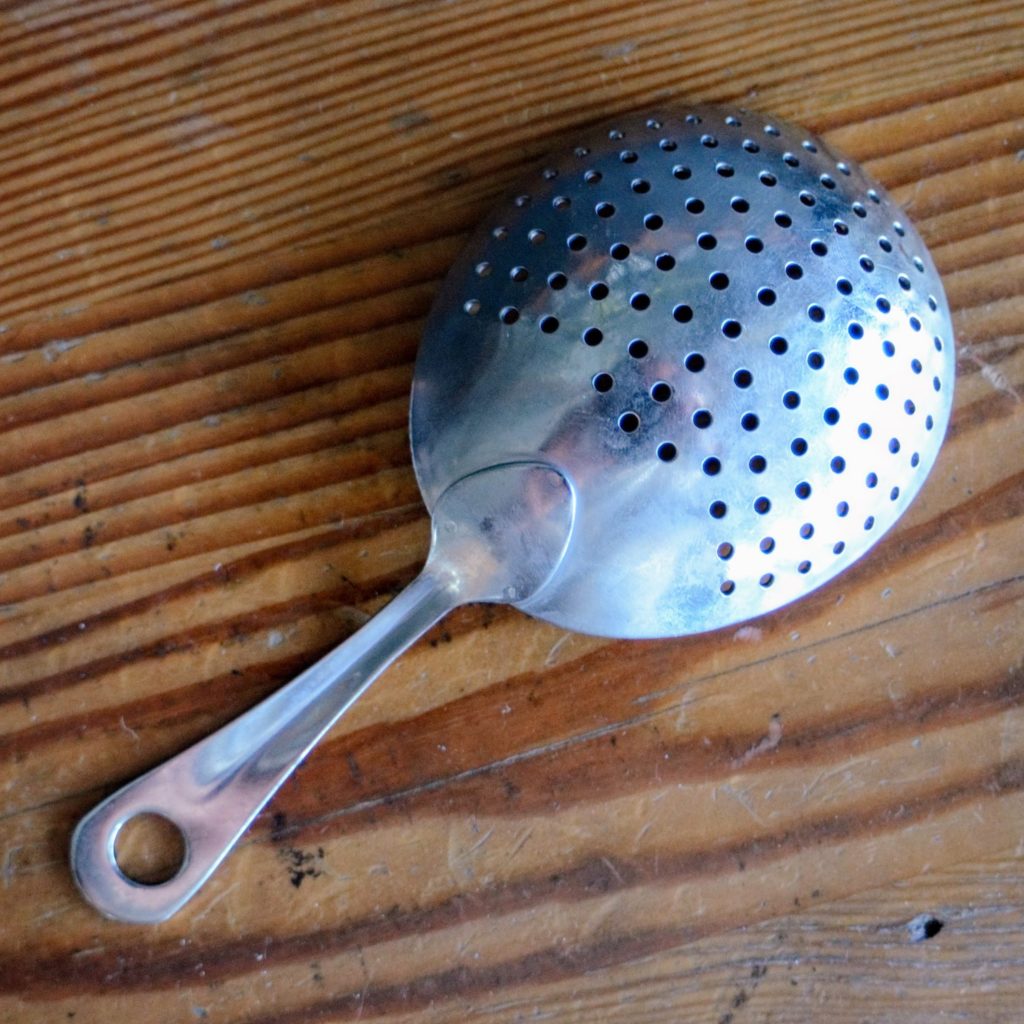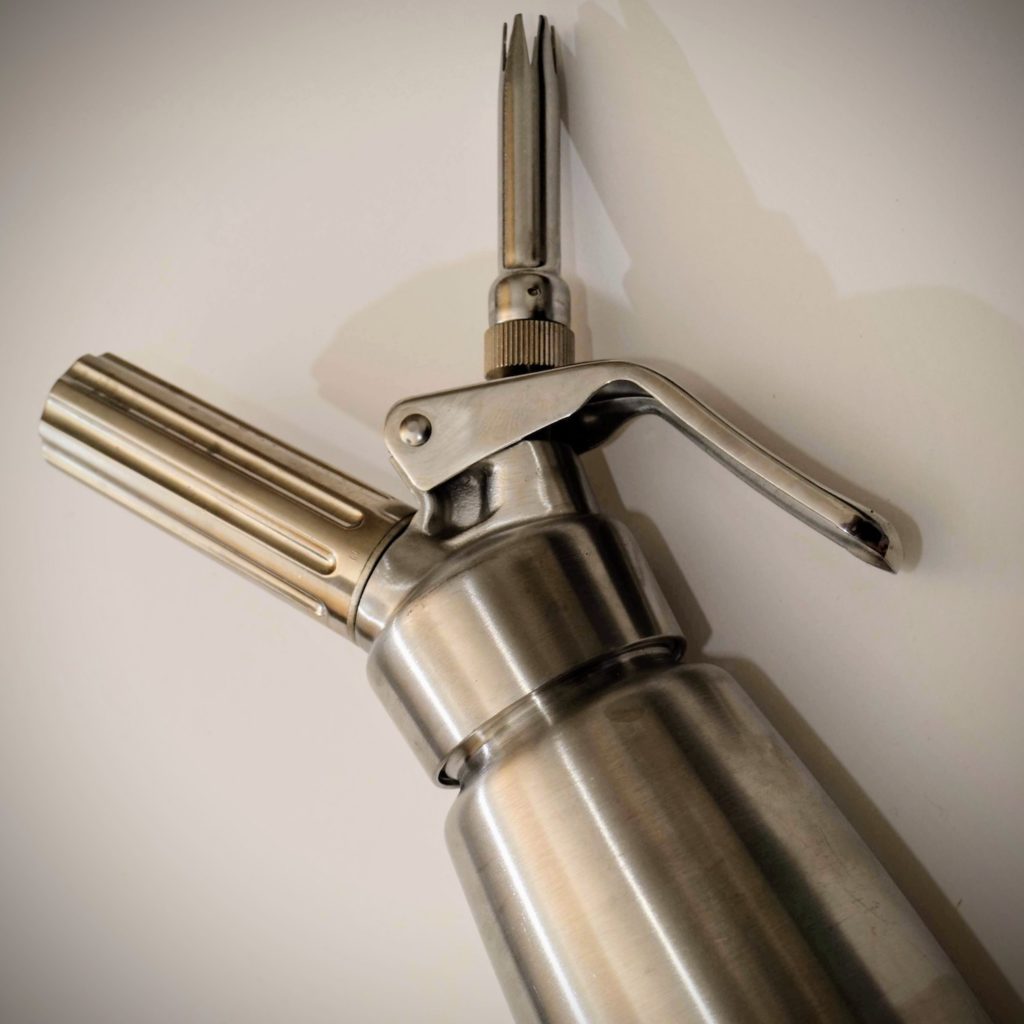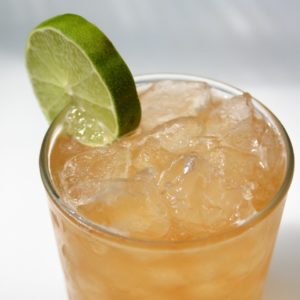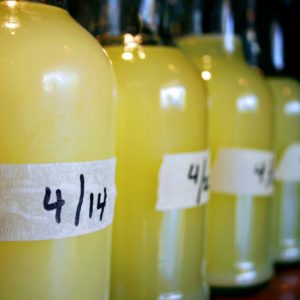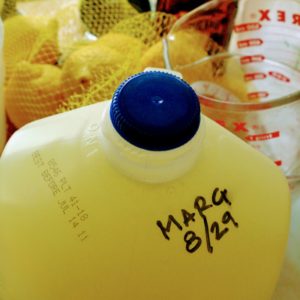Ace Warm-weather cocktails with expert tricks and techniques from bartender and author Jeffrey Morgenthaler.
During the nearly 20 years that I’ve worked as a bartender, I’ve learned that there are three essential aspects of making a great cocktail: the recipe you follow, the ingredients you select, and the technique you use. Come up short in any of these areas, and your cocktail won’t reach its full potential.
Technique is the most underrated aspect of cocktail construction, and often the one least considered. A lot of the techniques I share with new bartenders, and with guests, come from the kitchen – a product of the time I’ve spent working in restaurants, closely observing some of the best chefs in the business. I share many of these techniques in my first book (released in June by Chronicle), The Bar Book: Elements of Cocktail Technique, which I co-authored with Martha Holmberg. The tips and tricks on the following pages are an extension of the book and a selection of those kitchen techniques 0 useful for pros, simple enough for even the most casual at-home bartenders and perfectly timed for summertime imbibing.
Infusions
Infusions are among the simplest and most versatile of preparations, especially when summer fruits, herbs, and vegetables are at their prime – but you can always look to your spice drawer for inspiration. Start with whole, dried spices to bring more depth and intensity to the infusion, and grind them into a powder just before use to unlock the flavor (I keep a blade coffee grinder on hand – a tool I’ve dedicated to spices to avoid imparting outside flavors to my coffee.) Pick a spice (or a spice mixture) you like – one tsp of fresh-ground spice is sufficient for a 750-ml. bottle of spirit – and in 24 hours you’ll have a ready-to-use infusion.
Soft-Fruit Syrup
It’s an old aphorism that you don’t need a cannon to kill a mosquito, and that idea holds true when it comes to extracting juice from softer fruits, such as blackberries, blueberries, grapes, and kiwis. A big, expensive juice extractor isn’t going to bring any added benefits to your drink when a simple fine-mesh strainer and large spoon or spatula will do. Here’s how to use basic kitchen tools to make raspberry syrup, though the same practice will work for a number of other types of fruit.
Crushed Ice
The pounding sound of ice being crushed with a wooden mallet elicits an almost Pavlovian response among Mint Julep obsessives. But having little interest in spending my afternoons hammering at a canvas bag of ice like a 17th-century blacksmith, I turned to an easier solution for making large quantities of crushed ice for my summer get-togethers. A common household food processor makes quick work of turning frozen cubes into snowy peaks of crushed ice for serving our boozy, tiki-inspired St. Steven’s Sour, or the classic Hemingway Daiquiri as it was originally served, frappé-style in a chilled saucer.
Summer Punch
A bowl of punch is perfect for parties, but it does present some challenges. Many punch recipes begin with oleo-saccharum, a sweet, citrusy mixture that can transform a punch’s flavor from simple to sublime. But preparing oleo-saccharum can be labor-intensive, time-consuming, and messy. To minimize prep time and maximize cleanliness and portability, try this method that uses another basic kitchen appliance the vacuum sealer.
Then there’s the chilling and garnishing of the punch. Combine the two by using a Bundt pan or gelatin mold and slices of fresh citrus to create a simple ice mold in your freezer the night before your party.
Herb Syrups
Few ingredients bring a lighter flavor or aroma to a cocktail than fresh herbs. While herbs are simple enough to use when making a single cocktail, maintaining consistency is a challenge if you’re making drinks for a crowd: to simplify things, use herb syrup. Most recipes suggest steeping herbs in hot simple syrup, which is then strained and bottled – but this process prompts oxidation of the plant’s enzymes, transforming the herbs’ bright-green color into an unappetizing brown. The trick is to briefly blanch the herbs in boiling water, deactivating the plant’s enzymes and preserving the herbs’ fresh color while still adding flavor to your syrup.
Gomme Syrup
Gomme syrup is a classic ingredient known for the silky texture and rich mouthfeel that it can lend to a cocktail, but this basic mixture of sugar, gum arabic, and water has confounded bartenders for a century. Gum arabic doesn’t readily dissolve in water, and most techniques range from boiling the whole mixture (which results in a sticky, over-foaming pot) to blending everything with a commercial blender (which results in a syrup that still refuses to homogenize). A better solution? Let time do the work. Simply mix the gum arabic with a small amount of water and leave it to dissolve on its own. Usually within 48 hours, the powder is completely incorporated into the liquid and is ready to be added to the syrup. Gum arabic (sometimes sold as acacia gum) is available at many natural-food stores, and from online vendors.


